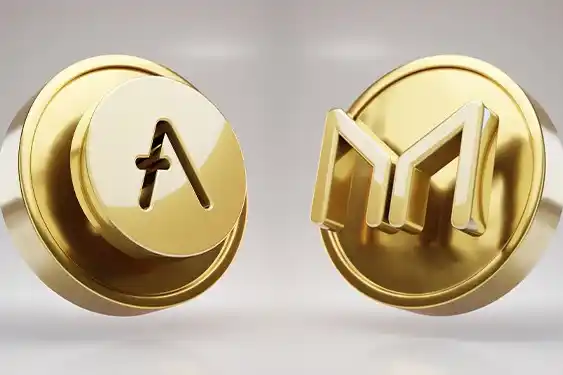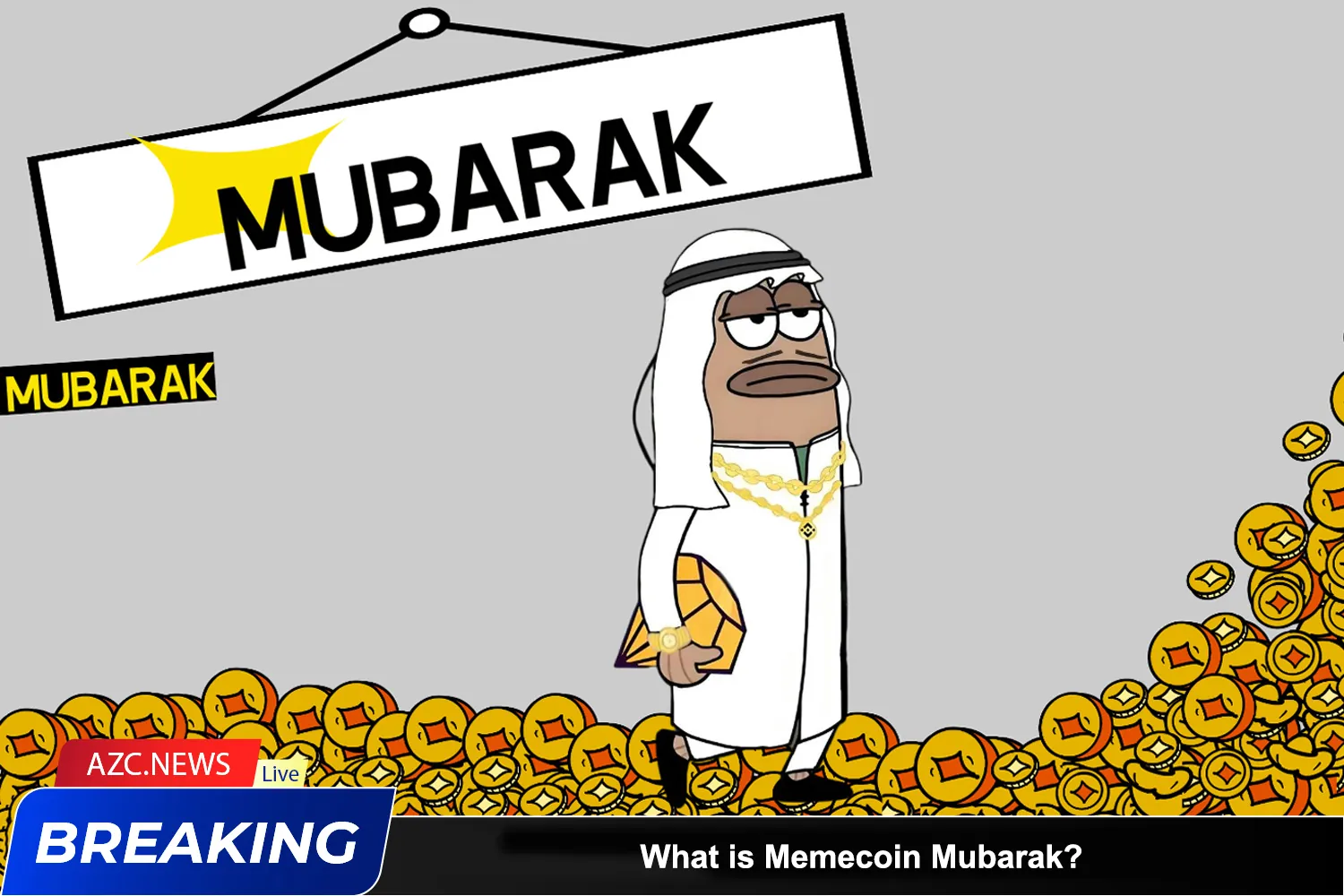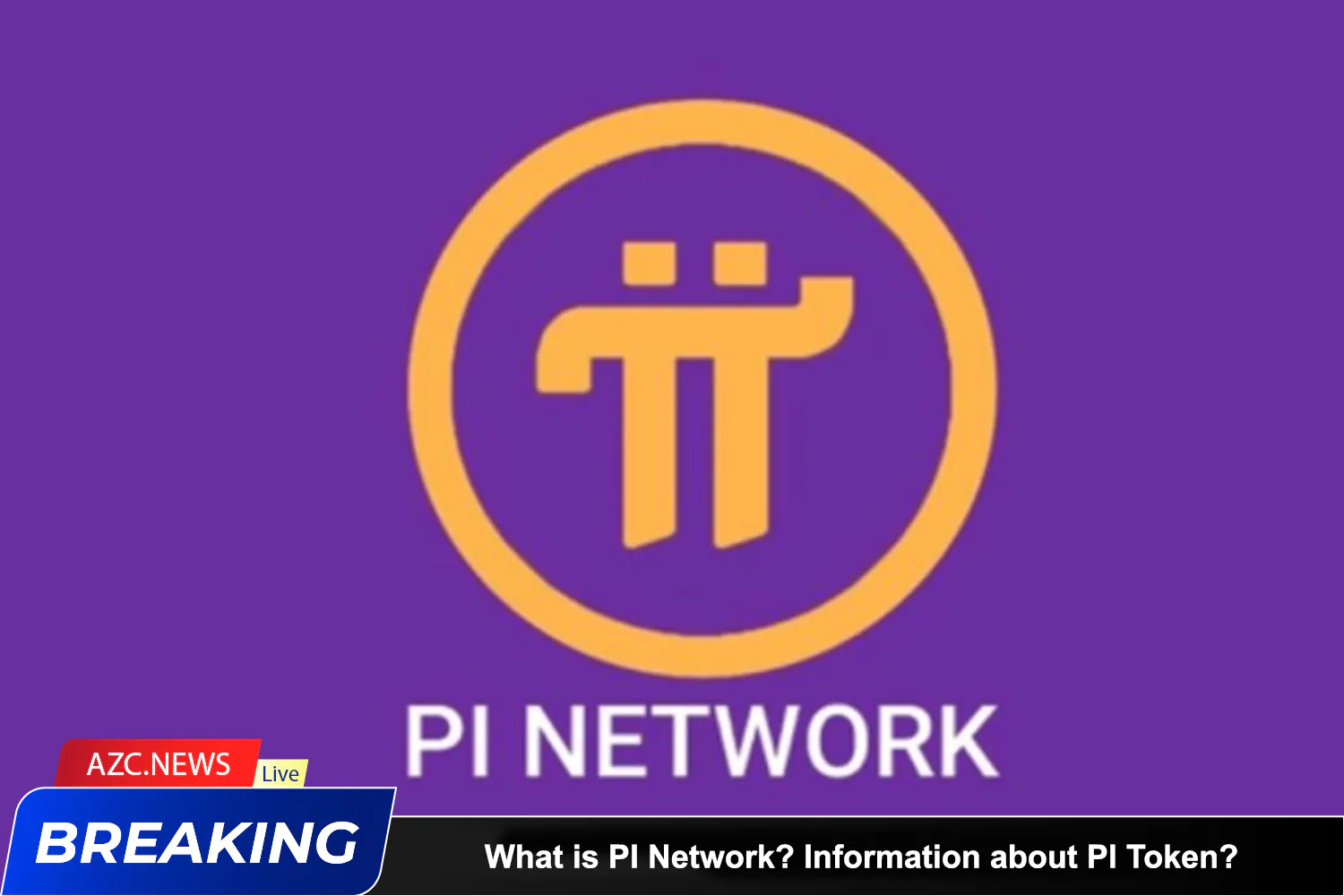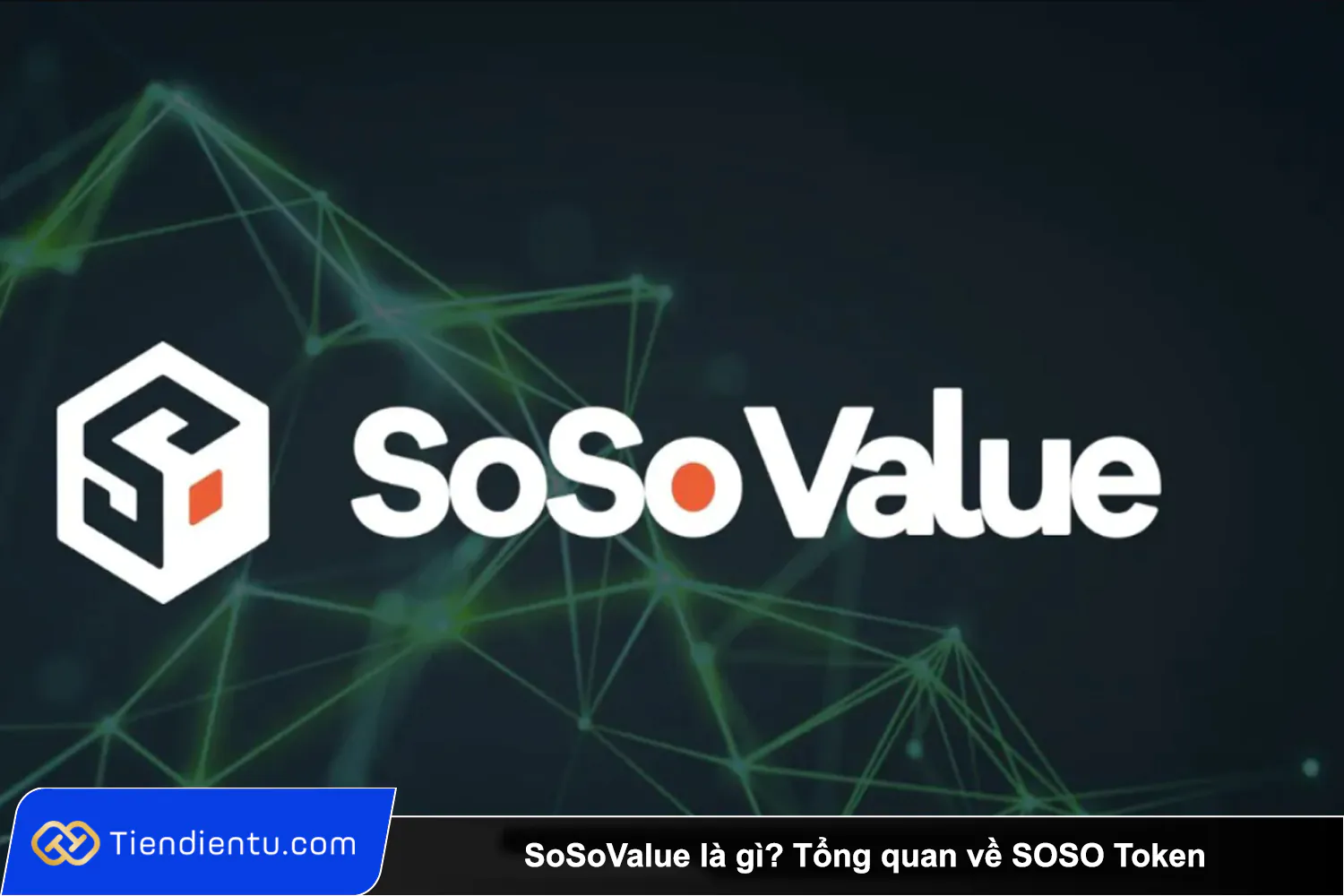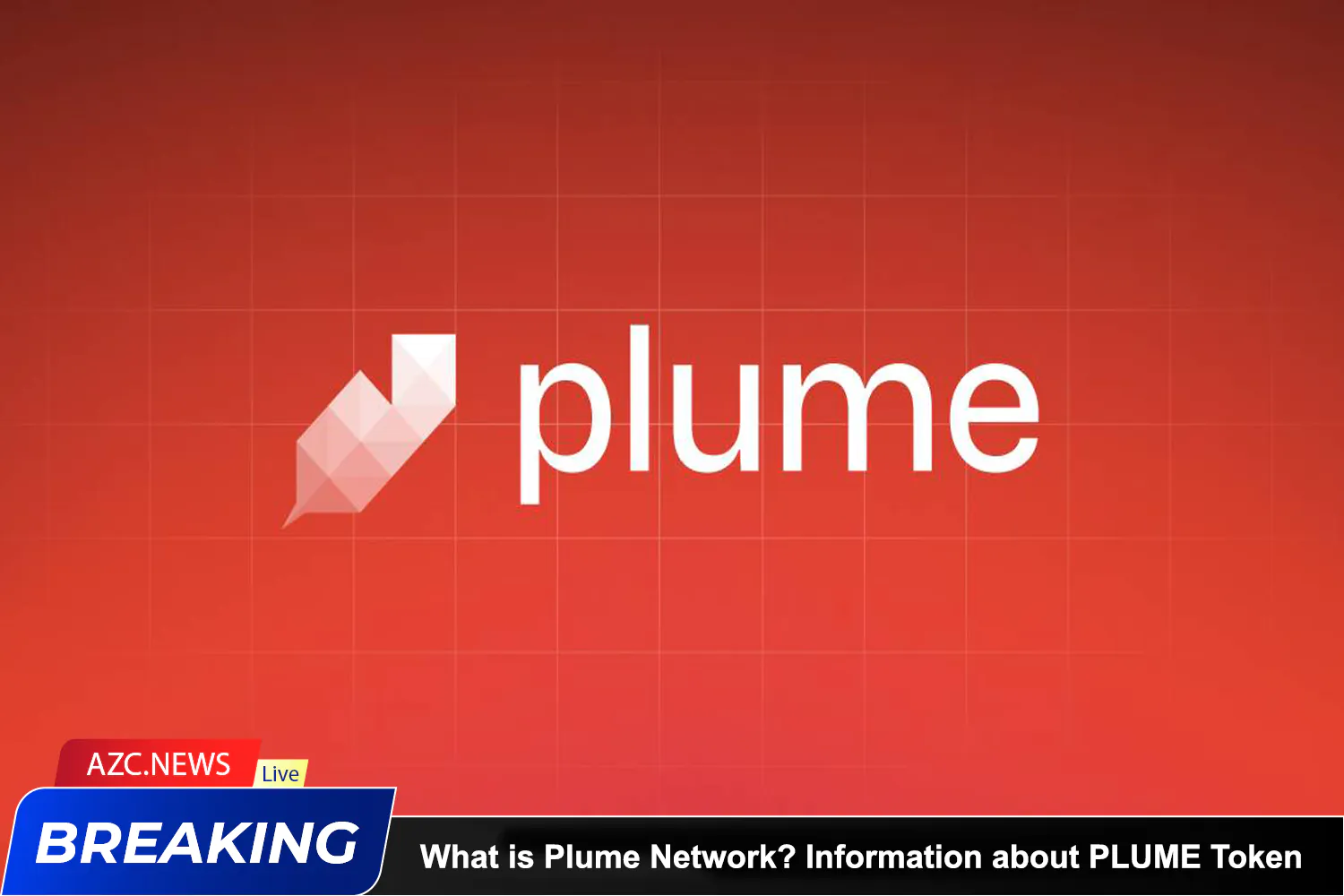Aave and MakerDAO: Information
Aave
Aave is a cryptocurrency lending platform founded by Stani Kulechov in 2017. Originally named ETHLend, the platform underwent a name change in 2018 after receiving investment. The project evolved from a simple peer-to-peer lending platform to a group lending system, allowing users to profit by providing liquidity.
Users can deposit cryptocurrency into the Aave protocol, creating liquidity for the project’s lending pool. Those who deposit their tokens then receive a portion of the interest from loans within a specific group.
https://aave.com/
The project’s developers introduced Aave Pro, a version of the protocol for institutional investors, which requires mandatory KYC processes to ensure legal compliance for serving organizations.
MakerDAO
Maker is one of the oldest cryptocurrency lending protocols in the market, launched in 2015. The project’s MKR token became the first tradable token on the Ethereum blockchain. A significant innovation of the project is the introduction of MakerDAI – their stablecoin.
Maker stands out for its stability compared to other leading DeFi projects. While its internal workings are complex and cannot be fully covered in this article, Maker operates by creating DAI, a stablecoin not backed by fiat but maintained through collateralized assets locked within the platform.
https://makerdao.com/en/
Maker is a pioneering project with a strong development team, including Rune Christensen, who initiated the project in 2014, and President Steven Becker, well-versed in finance, along with economist Shefali Roy. With robust verification, Maker’s leadership oversees all aspects of the DeFi ecosystem.
Aave and MakerDAO: Key Fundamentals
Aave
Similar to many other DeFi projects, Aave has a complex structure. However, a crucial point of this platform is that borrowers must deposit collateral assets of higher value than the amount they want to borrow to create liquidity in the market. Currently, Aave is the largest DeFi project in the market.
Borrowing from Aave is supported by algorithms, meaning loans are facilitated through groups rather than a direct connection between borrowers and lenders. To ensure a constant supply of cryptocurrency for lending, Aave has an integrated mechanism to increase interest rates, motivating lending. Conversely, if the cryptocurrency supply in the liquidity pool is too high, interest rates decrease to stimulate lending.
The AAVE token, an ERC-20 token, plays a vital role in the system. It is used as a means to stabilize the capital supply in the system, and if a shortage occurs, AAVE in the “safety module” is sold to offset the shortfall. AAVE also serves as the governance token, enabling the community to vote on important project decisions.
MakerDAO
Users on MakerDAO can deposit their digital assets into the Maker Vault to borrow Maker DAI. They can borrow up to 66% of the collateral value. For example, if you deposit $100, you can borrow 66 DAI.
The value of DAI is stabilized through Maker’s algorithm and the MKR token. If the price of DAI deviates from the US dollar, MKR tokens are created or burned to adjust the value of DAI, helping it maintain stability.
By depositing and borrowing, Maker users can put their assets to work without selling them. This allows them to leverage market fluctuations without giving up ownership of their assets.
Related: Aave Transforms into Avara, Embracing Web3.0 Expansion
Aave and MakerDAO: Supply and Demand
Aave
As of the writing of this article, AAVE has a circulating supply of 14,639,760, with a maximum supply set at 16,000,000. A small portion of AAVE is also burned as a fee in the system. In theory, this could protect AAVE from sudden inflation reduction. Assuming demand remains high, this could positively impact the token price over time.
As mentioned earlier, the AAVE token plays a crucial role in the Aave ecosystem. This not only means AAVE has the potential to maintain high demand but also that the development team aims to retain 20% of new AAVE tokens for reserves and supporting platform activities.
MakerDAO
At the time of writing, Maker is the second-largest DeFi project in the market. Since the MakerDAO system is designed to track the US dollar’s price, theoretically, MKR is less volatile than some other cryptocurrencies. Currently, MKR’s circulating supply is 977,631.04, with a maximum supply of 1,005,577. With continued high demand and limited supply, MKR has the potential to be a stable investment choice.
Aave and MakerDAO: Which Investment Is Better?
In general, both Aave and Maker are emerging as top DeFi projects, occupying the first and second positions in terms of total value locked in their protocols. However, investors should also be aware that the DeFi space is still developing, and many new projects may emerge in the future. Each project has the potential to become a potential competitor to Aave and/or Maker.
To predict price trends and fluctuations in the future, monitoring important information sources is crucial. Information such as product updates, industry events in DeFi, and changes in the strategies of each project can impact the prices of Aave and Maker. This may include updates to features, new partnerships, or even challenges that each project may face.
In conclusion, maintaining information is essential for investors to make informed investment decisions and have a deep understanding of the DeFi projects they are interested in.
Aave and MakerDAO: Conclusion
The key point here is that both Aave and Maker are top DeFi projects in the market, and both have significant development potential in the future. With the continuous expansion of cryptocurrency and blockchain, lending platforms in the DeFi sector may become an integral part of the financial ecosystem.
Most importantly, DeFi is still a relatively new field, and although Maker and Aave have emerged as dominant projects, their positions are not entirely secure from being challenged in the near future. Investors should consider not only between Maker and Aave but also explore other projects in the DeFi space.
Overall, both projects may have a significant position in the cryptocurrency portfolio of investors, especially if they want to enhance diversity and exposure to DeFi tokens.

